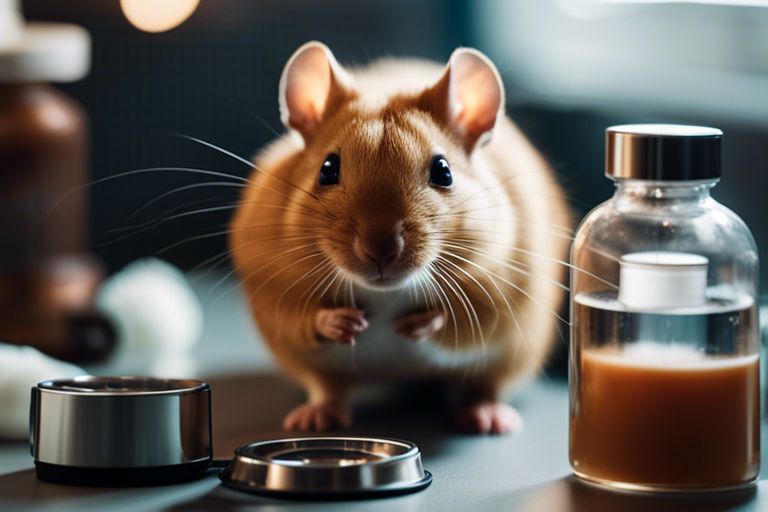This comprehensive guide will help you tackle barn pests effectively. Your barn is a valuable asset, and pests can pose a serious threat to your livestock and stored grains. From rodents to insects, you need to be proactive in preventing infestations and taking control of the situation. By following these steps, you can protect your barn and keep your animals safe and healthy.
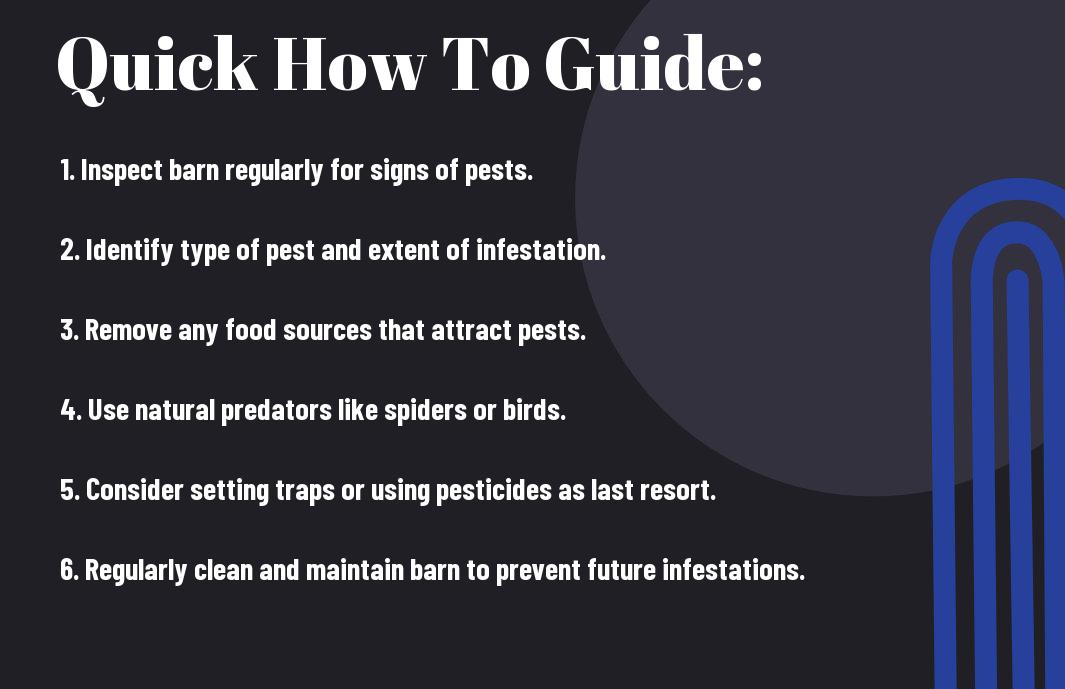
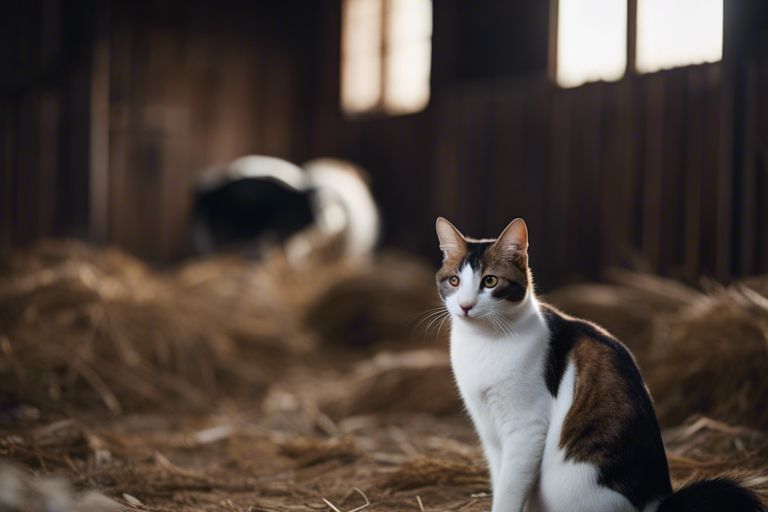
Understanding Barn Pests
The first step in dealing with barn pests is to understand the different types that may invade your barn. These pests can cause damage to your property and pose health risks to your livestock. By familiarizing yourself with common barn pests, you can take the necessary steps to prevent infestations.
Common Types of Barn Pests
Any barn owner knows that pests can be a constant nuisance. Some of the most common barn pests include rodents like mice and rats, insects such as flies and beetles, and birds like pigeons and swallows. These pests are not only disruptive but can also transmit diseases and cause structural damage to your barn.
| 1. Rodents (Mice, Rats) | 2. Insects (Flies, Beetles) |
| 3. Birds (Pigeons, Swallows) | 4. Wild animals (Raccoons, Squirrels) |
| 5. Mold and Mildew |
After identifying the types of pests that are common in barns, you can take proactive measures to keep them at bay.
Factors Attracting Pests to Your Barn
Now, let’s talk about the factors that attract pests to your barn. Pests are often drawn to barns because of factors like food sources, water availability, shelter, and warmth. If your barn provides easy access to these necessarys, it becomes an inviting environment for pests to thrive.
- Food Sources: Grains, seeds, and animal feed left exposed
- Water Availability: Leaky pipes, stagnant water, or moist areas
- Shelter: Cluttered spaces, piles of hay or wood, and open entry points
- Warmth: Barns can provide warmth during colder months, attracting pests seeking shelter
Knowing these factors can help you prevent pest infestations by eliminating or minimizing these attractants in and around your barn. By taking proactive steps to address these issues, you can create a less hospitable environment for pests.
Factors Attracting Pests to Your Barn
Barn pests are attracted to your property for a variety of reasons. Factors like food sources, water availability, shelter, and warmth play a significant role in enticing pests to make your barn their home. By understanding what attracts pests, you can take steps to make your barn less appealing to them, ultimately reducing the risk of infestations.
- Food Sources: Properly store animal feed in sealed containers
- Water Availability: Fix leaks and remove standing water in and around the barn
- Shelter: Seal cracks and crevices, and keep the barn clean and organized
- Warmth: Insulate the barn to maintain temperature and deter pests seeking refuge
Knowing these attraction factors can help you take proactive measures to keep pests away from your barn, ensuring a healthier and safer environment for you and your livestock.
Identifying Pest Infestations
Now, when it comes to dealing with barn pests, the first step is to accurately identify the pest infestations. This is crucial in implementing the most effective pest control strategies. In this chapter, you will learn how to recognize signs and symptoms of pest infestations, as well as how to conduct a thorough pest inspection.
Signs and Symptoms of Pest Infestations
Pest infestations in a barn can manifest in various ways. Some common signs include damaged wood, droppings left behind by rodents, chewed wires, holes in feed bags, and feces from insects like beetles. Additionally, you may notice strange noises or rustling coming from hidden corners of the barn, which could indicate the presence of pests.
How to Conduct a Pest Inspection
You should conduct a thorough inspection of your barn to identify any pest infestations. Start by checking dark, secluded areas where pests tend to hide, such as behind stored items, in cracks and crevices, and near food sources. Look for any signs of pest activity, such as droppings, gnaw marks, or nests. Inspect feed storage areas for signs of contamination, and check for any entry points where pests could be gaining access to the barn.
Infestations in a barn can quickly escalate if left unchecked, leading to damage to structures and equipment, contamination of feed and supplies, and health risks to animals. By actively identifying and addressing pest infestations, you can protect your barn and ensure the safety and well-being of your livestock.
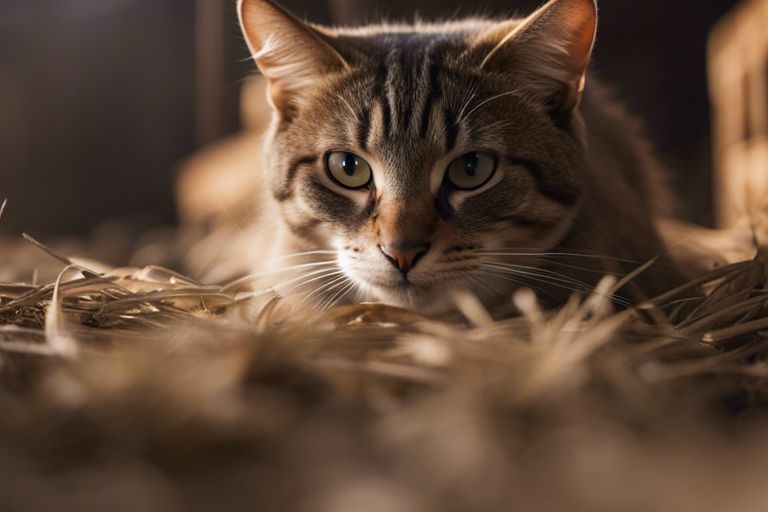
Prevention Tips
Despite your best efforts, pests can still find a way into your barn. However, there are several prevention tips you can implement to minimize the risk of infestations and keep your barn pest-free. Here are some key strategies:
Keeping Your Barn Clean and Tidy
Clean your barn regularly to remove any food sources or nesting materials that may attract pests. Sweep the floors, organize and store items in pest-proof containers, and dispose of trash promptly. By maintaining a clean and tidy environment, you can deter pests from taking up residence in your barn.
The key to preventing pest infestations in your barn is to eliminate potential hiding spots and food sources. By addressing these issues regularly, you can create a less appealing environment for pests to thrive in. The regular maintenance of your barn is crucial in keeping pests at bay.
Sealing Entry Points and Cracks
If you notice any cracks, gaps, or holes in your barn walls, windows, or doors, you should seal them immediately to prevent pests from entering. Use caulk, weatherstripping, or wire mesh to seal off these entry points and keep pests out. If pests can’t find a way in, they are less likely to become a problem inside your barn.
Understanding Storing Hay and Grain Properly
Clearly label and store hay and grains in airtight containers to prevent pests like rodents and insects from contaminating your feed supply. Make sure to keep your storage areas dry and well-ventilated to discourage pest infestations. By following proper storage practices, you can protect your feed from being damaged and keep pests away from your barn.
Tips: Check for signs of pests regularly and address any issues promptly to prevent infestations from taking hold in your barn.
Natural Methods of Pest Control
Using Diatomaceous Earth to Repel Pests
For a natural approach to pest control in your barn, consider using diatomaceous earth. This powdery substance is made from the fossilized remains of diatoms, and it works by physically dehydrating and damaging the exoskeleton of pests like ants, mites, and flies. To use diatomaceous earth, simply sprinkle it in areas where pests are a problem, such as around feed storage areas, entry points, and nesting sites.
Introducing Beneficial Insects to Your Barn
While chemical pesticides can be harmful to the environment and your livestock, introducing beneficial insects to your barn can help naturally control pest populations. For example, ladybugs can feast on aphids, while parasitic wasps can target flies and other pests. This method of pest control is sustainable and eco-friendly, creating a more balanced ecosystem in your barn.
Repel unwanted pests in your barn by attracting insects that can help control their populations. Consider planting pollinator-friendly plants like lavender, dill, and yarrow to encourage beneficial insects to make your barn their home.
Essential Oils for Pest Repellent
Some vital oils, such as peppermint, lavender, and citronella, have repellent properties that can be effective in keeping pests at bay. You can create your own natural pest repellent spray by mixing a few drops of vital oil with water and a mild soap. Spray this mixture in areas where pests tend to congregate, such as around doorways, windows, and feeding stations.
Pests can be deterred by the strong scents of vital oils, making them a non-toxic and aromatic alternative to chemical insecticides.
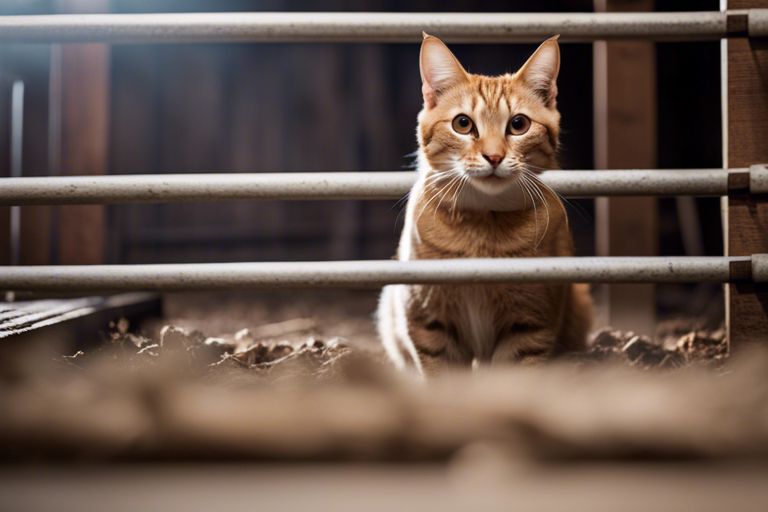
Chemical Methods of Pest Control
Once again, when dealing with stubborn pests in your barn, you may find that chemical methods of pest control are necessary. While these methods can be effective in eliminating pests, it is important to use them carefully and responsibly to ensure the safety of your animals, yourself, and the environment.
Insecticides and Rodenticides: Safe Use and Handling
For insecticides and rodenticides, it is crucial to carefully read and follow the instructions on the product label. Wear protective clothing such as gloves and a mask when applying these chemicals, and make sure to store them in a secure location out of reach of children and animals. After use, properly dispose of any containers or unused product according to local regulations. Remember that these chemicals can be toxic if ingested, so always keep them away from food and water sources for your animals.
When to Call a Professional Exterminator
Little did you know, some pest infestations in a barn may be too severe or dangerous for you to handle on your own. Calling a professional exterminator may be necessary if you are dealing with aggressive pests such as venomous spiders or if the infestation is widespread and persistent despite your efforts. Professional exterminators have the expertise and equipment to safely and effectively eliminate stubborn pests while minimizing the risk to your animals and property.
Integrated Pest Management Strategies
Combining Natural and Chemical Methods
Many pests can be effectively managed by **combining natural and chemical methods**. Some natural methods include using pest-resistant crops, introducing predators or parasites to control pest populations, and rotating crops to disrupt pest life cycles. When these methods alone are not enough, you can supplement them with chemical control measures. **This integrated approach** helps minimize the environmental impact of pesticides while still effectively managing pest populations.
Monitoring and Evaluating Pest Control Efforts
Some pests may require ongoing monitoring to ensure your control efforts are working effectively. **By monitoring pest populations and evaluating control measures**, you can make informed decisions about when and how to intervene. **Natural methods for monitoring pests** include using pheromone traps, sticky traps, or visual inspections to assess pest populations. **Understanding the effectiveness of your pest control efforts** is crucial for developing a sustainable pest management plan for your barn.
Adapting to Changing Pest Populations
Understanding **how pests populations can change over time** is key to developing effective pest management strategies. **Integrated pest management** involves staying informed about new pest threats, adjusting control measures as needed, and adopting preventative strategies to reduce future infestations. Adapting to changing pest populations ensures that you can effectively manage pests in your barn while minimizing the risk of resistance development.
To wrap up
Taking this into account, it is crucial to regularly inspect your barn for signs of pests and take preventative measures to keep them at bay. Implementing good sanitation practices, such as keeping feed stored in airtight containers and removing any standing water, can help prevent pests from establishing a presence in your barn. Additionally, utilizing natural predators and traps can be effective ways to control pest populations without the use of harmful chemicals that may be harmful to your animals or the environment.
By being proactive and vigilant in monitoring and addressing pest issues in your barn, you can create a safer and more comfortable environment for your animals. Remember that early detection and action are key when it comes to dealing with barn pests, so make sure to stay informed about common pests in your area and take the necessary steps to protect your livestock and property.
Q: What are common barn pests?
A: Common barn pests include rodents (such as rats and mice), insects (such as flies and mosquitoes), and larger pests like raccoons and birds.
Q: How can I prevent barn pests?
A: To prevent barn pests, you should keep the barn clean and free of food sources, seal up any entry points, use pest-resistant materials, and regularly inspect for signs of pests.
Q: What are some natural remedies to get rid of barn pests?
A: Natural remedies to get rid of barn pests include using necessary oils, diatomaceous earth, predator animals (such as cats or owls), and setting up traps or barriers.
Q: When should I call a professional pest control service?
A: You should call a professional pest control service if you have a large infestation that you are unable to control on your own, if the pests pose a health or safety risk, or if you are unsure of the best course of action.
Q: How can I protect my barn from future pest infestations?
A: To protect your barn from future pest infestations, you should maintain good sanitation practices, regularly inspect for signs of pests, seal up any potential entry points, and consider implementing ongoing pest control measures.

